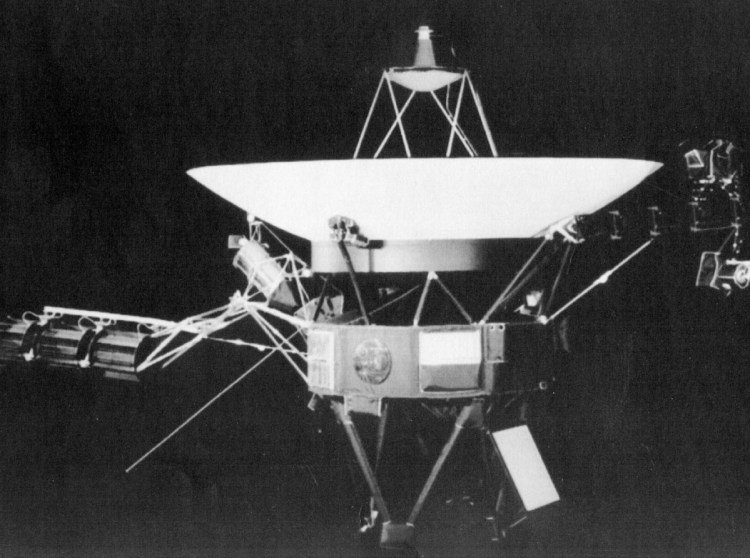Ever since it left Earth 41 years ago, the Voyager 2 spacecraft has sailed across the solar system on a stream of energetic particles from the sun.
But on Nov. 5, the whistling of the solar wind abruptly stopped.
Voyager had crossed the heliopause, where the river of solar particles meets the vast ocean of interstellar space. It is now beyond the bubble of our sun’s influence, NASA announced Monday.
For the second time, a human-made object has ventured into the void between the stars.
Its companion probe, Voyager 1, crossed that threshold in 2012. But Voyager 2 still possesses a working plasma instrument. This allows the spacecraft to sense a different kind of charged particle, called galactic cosmic rays.
After decades of looking at the galaxy “through the clouded lens of our heliosphere,” NASA physicist Georgia de Nolfo said, “we’re now able to take a step outside with Voyager and contemplate the vistas of our local galactic neighborhood.”
The spacecraft is about 11 billion miles from Earth – so far it takes signals traveling at the speed of light 16.5 hours to reach mission control.
Send questions/comments to the editors.



Success. Please wait for the page to reload. If the page does not reload within 5 seconds, please refresh the page.
Enter your email and password to access comments.
Hi, to comment on stories you must . This profile is in addition to your subscription and website login.
Already have a commenting profile? .
Invalid username/password.
Please check your email to confirm and complete your registration.
Only subscribers are eligible to post comments. Please subscribe or login first for digital access. Here’s why.
Use the form below to reset your password. When you've submitted your account email, we will send an email with a reset code.